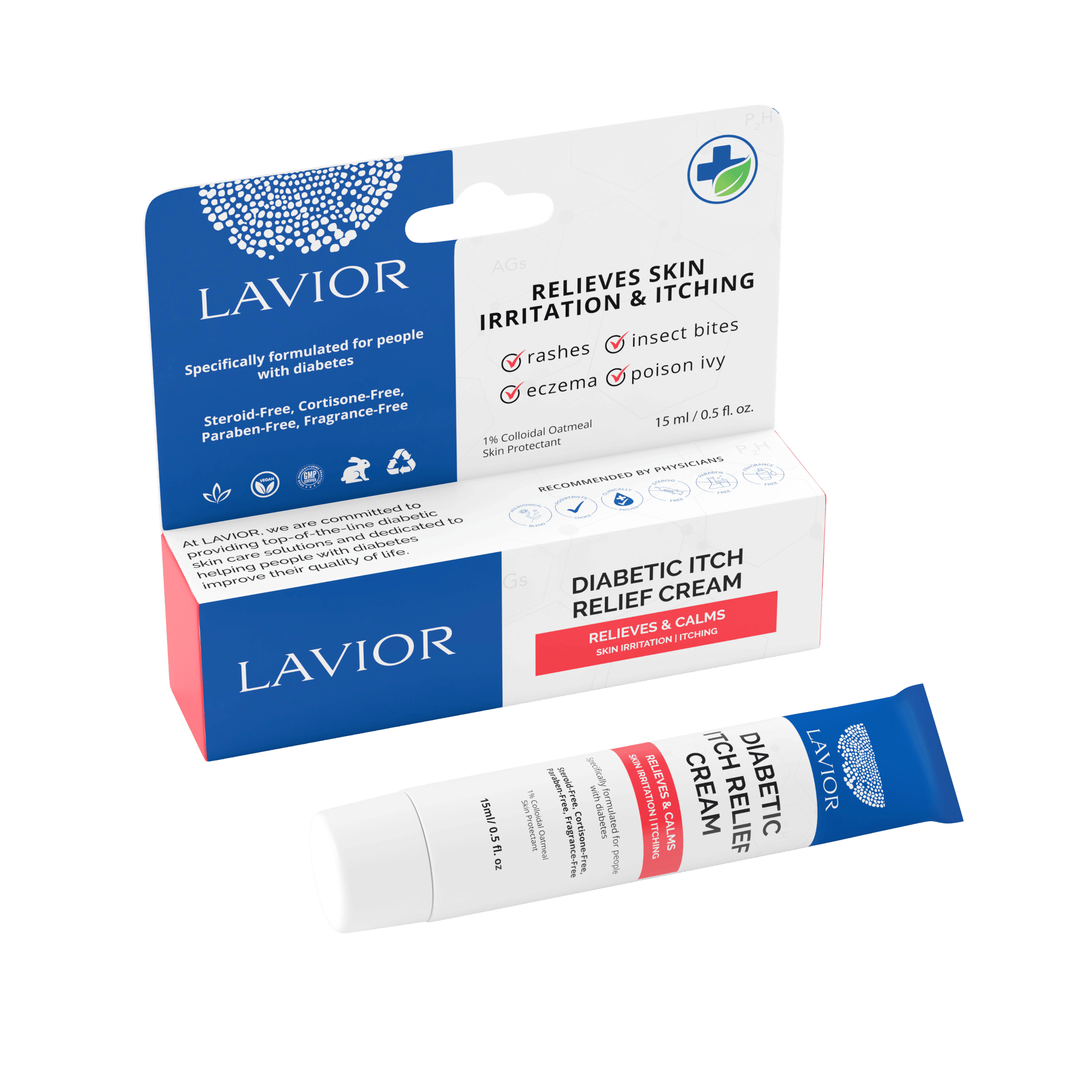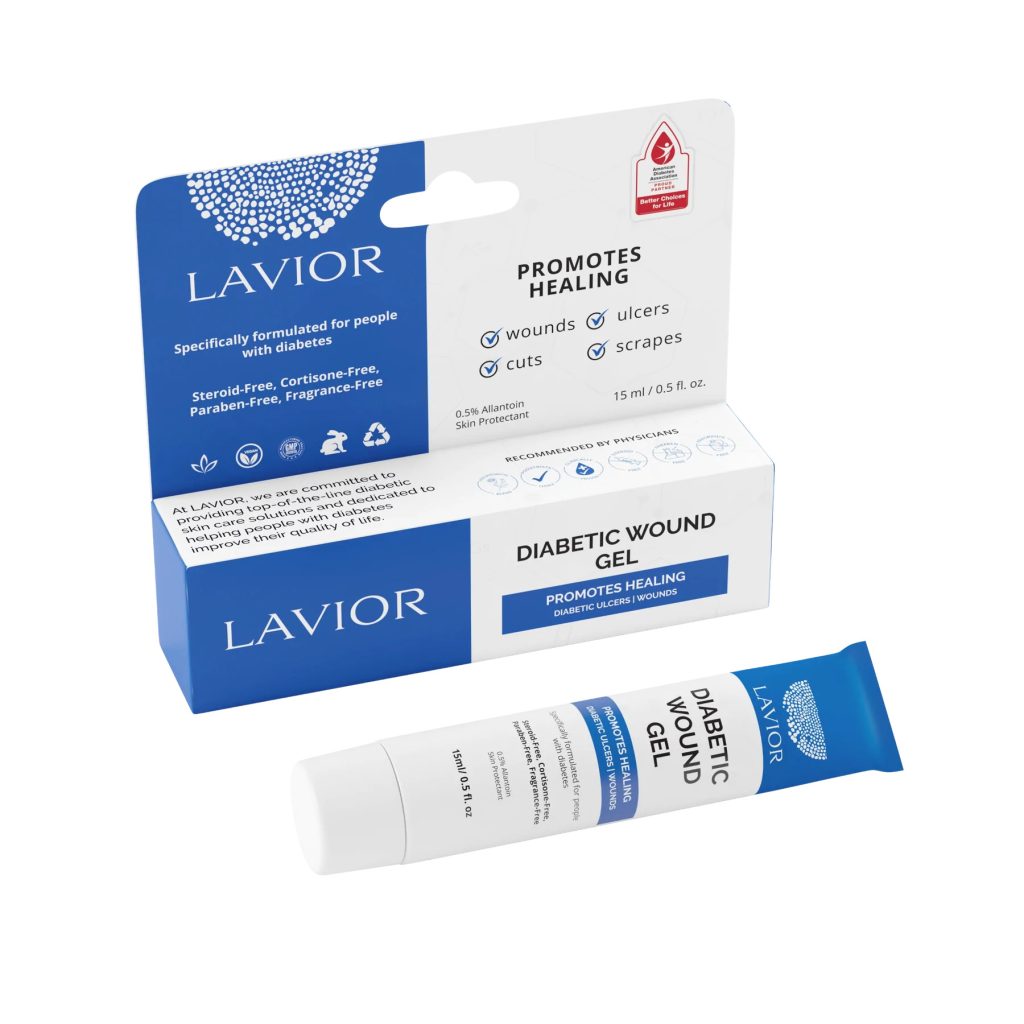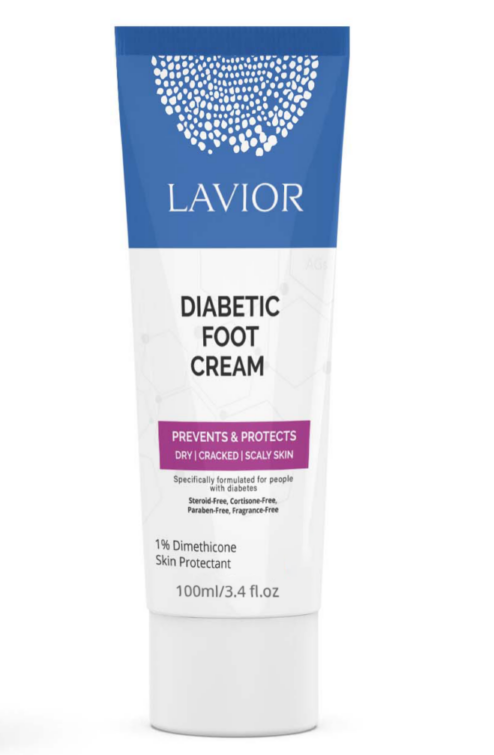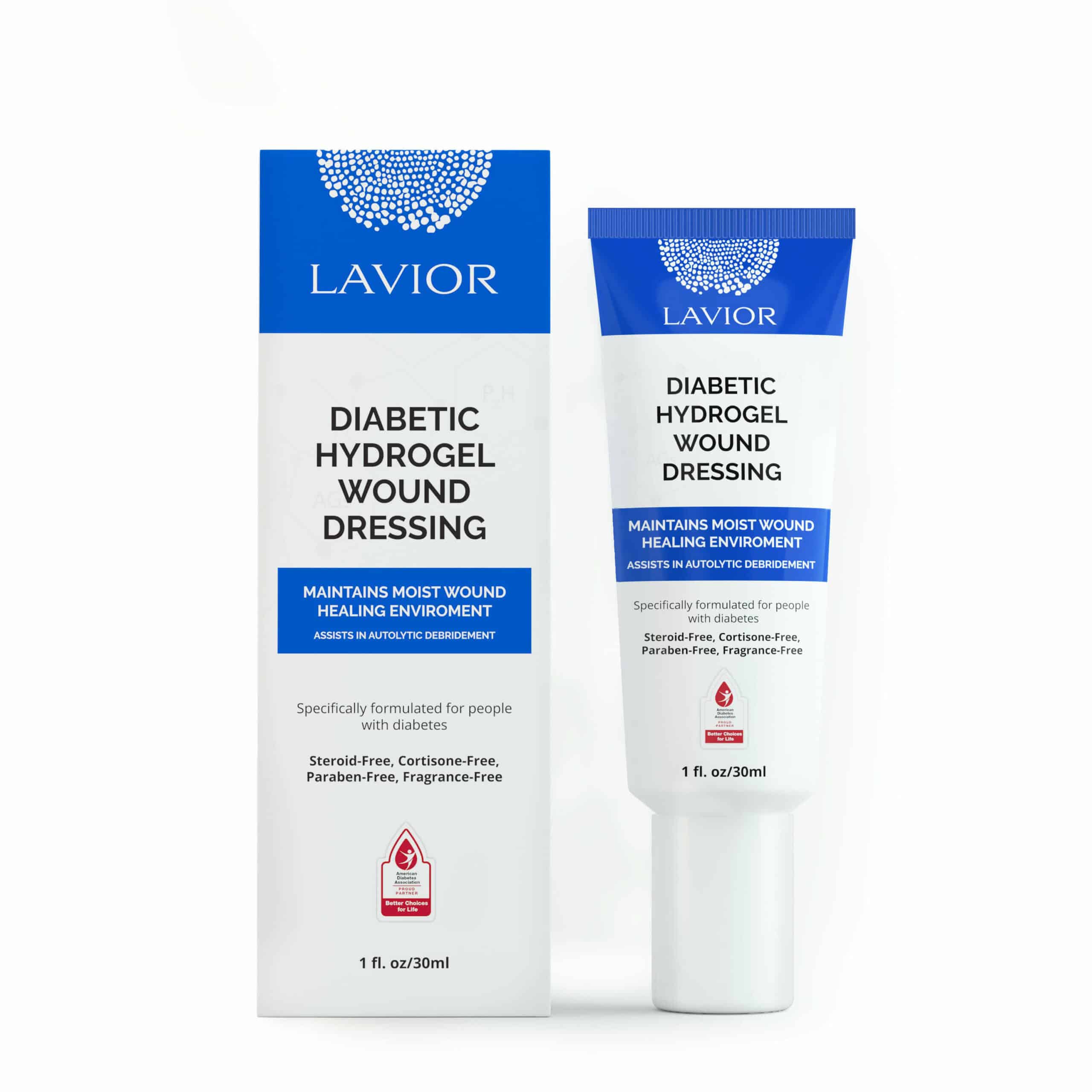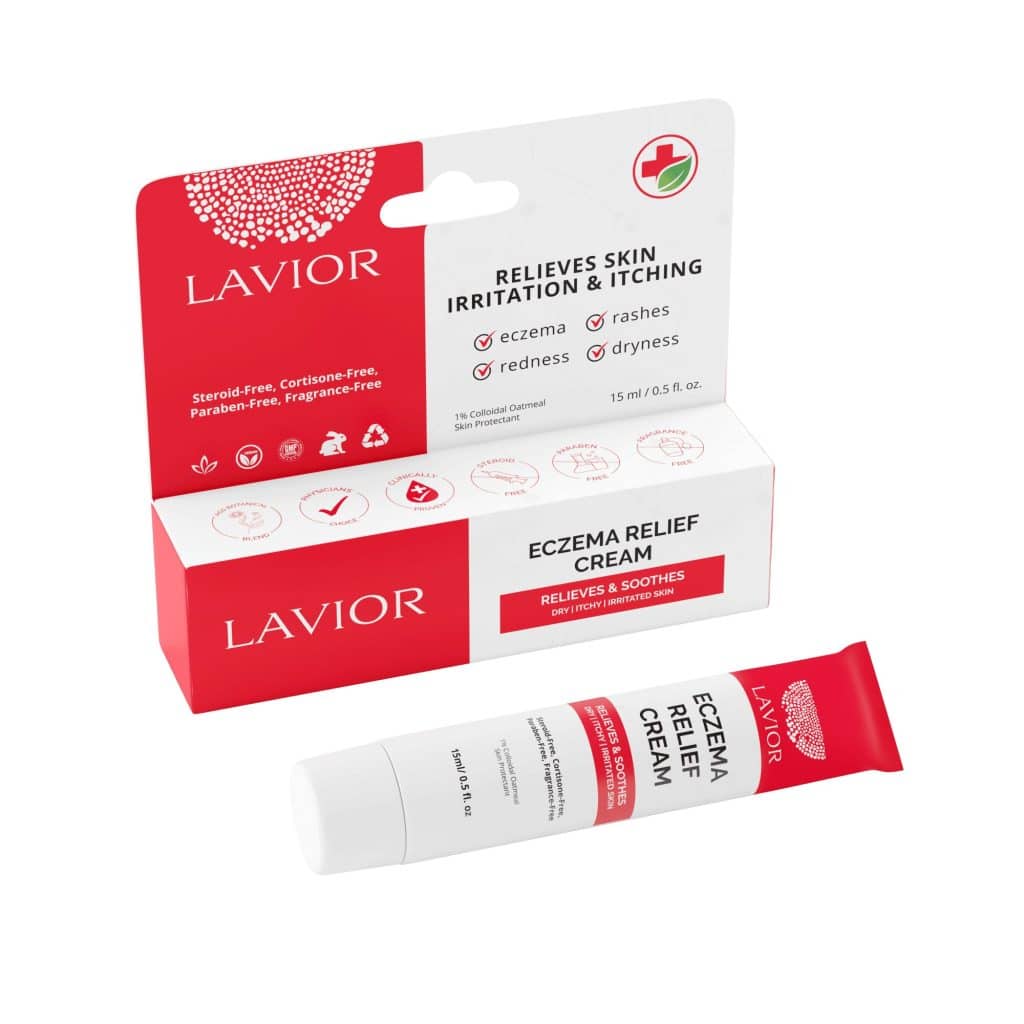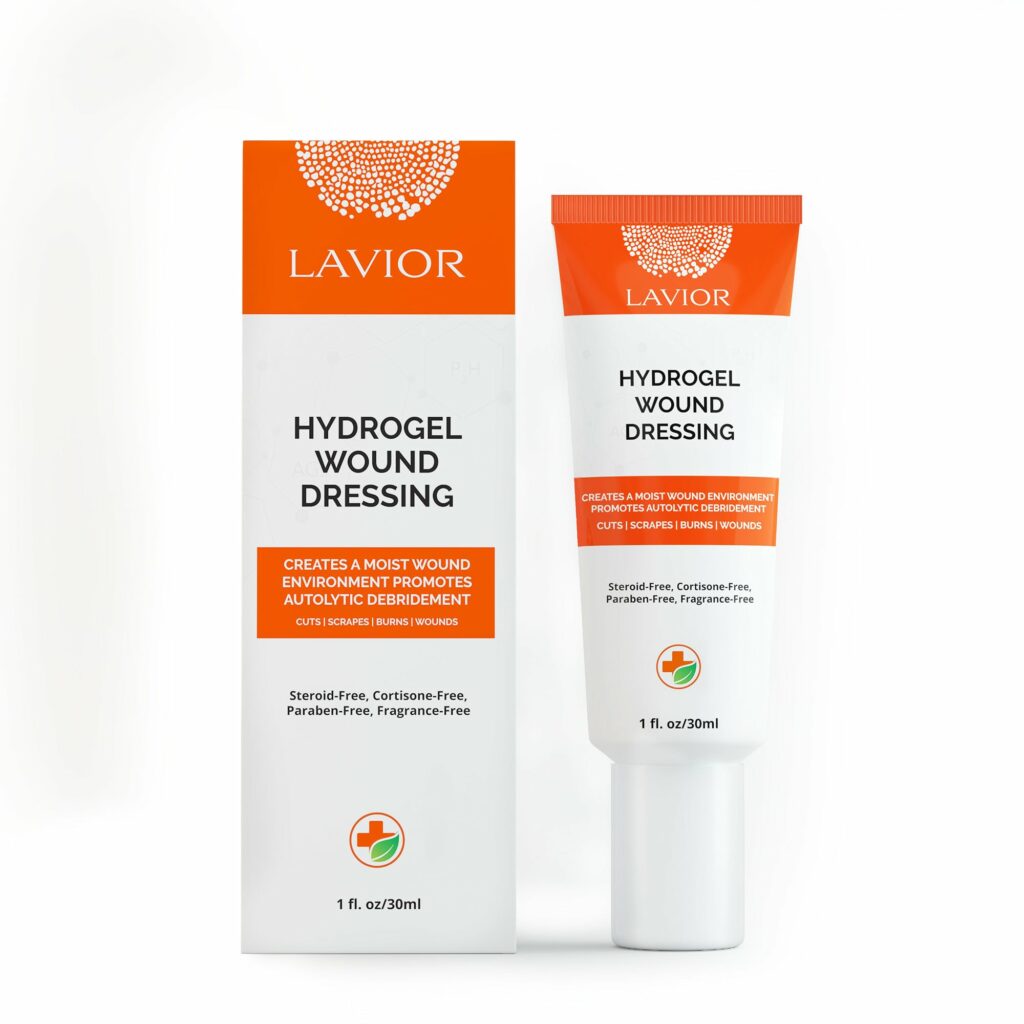There is indeed a strong correlation between diabetes and problems with wound healing. Many newly diagnosed diabetic people are bound to either get scared or befuddled when they see that their diabetic wounds do not heal adequately.
If you have been noticing healing problems after you have been diagnosed with diabetes, we will tell you the reasons why this happens and what are some actionable steps to avoid problems.
The Root Cause for Diabetic Wounds Healing Slowly in Diabetics
When diabetes is present in your organism, your body’s ability to generate or utilize insulin is impaired, leading to slower or inadequate healing of wounds. Insulin typically helps convert sugar into energy.
Yet, when the body faces difficulties in metabolizing sugar, elevated levels hinder your body’s capacity to heal effectively. Although diabetic wound healing shares the same stages regular wound healing does, it operates at a considerably reduced pace.
Other Reasons Why Diabetic People Might Not Heal As Fast
The Nerves May Receive Damage Because of Diabetes
Nerve damage—sometimes referred to as neuropathy—is a common consequence of diabetes that often manifests in your hands and feet. Elevated glucose levels, when uncontrolled, inflict harm on your nerves, leading to decreased sensory sensations.
As a consequence, if you have diabetes you may be unaware of diabetic wounds, failing to obtain treatment and thus allowing wounds to deteriorate. This heightened risk compounds with the combination of slower healing processes and decreased sensitivity in affected areas, significantly elevating your likelihood of infection.
PAD Can Become an Adjacent Problem
Diabetes increases your susceptibility to peripheral artery disease or PAD, a condition where poor circulation becomes a protagonist. This ailment causes your blood vessels to constrict and your blood to thicken due to elevated sugar levels, hindering blood flow to your extremities. These complications impact your natural course of wound healing for the worse.
The Immune System Also Weakens
Moreover, diabetes significantly diminishes the quantity of immune cells dispatched to your diabetic wound sites, impairing your body’s ability to combat germs, heightening the risk of infections.
Diabetes impacts wound healing through various avenues:
- Weakening of the skin barrier
- Worsened production of collagen, a crucial protein for new tissue growth
- Reduced growth hormone production
What You Can Do About This?
For improved wound healing with diabetes, several steps can be taken:
Maintain a Balanced Diet
Regulate your glucose levels and enhance healing with essential nutrients like carbohydrates, Vitamin C, and protein.
Regular Self-Checks
Early wound detection prevents infections, crucial for those with diabetic neuropathy. So make sure to perform daily checks to see if you have new injuries or irregularities.


Relieve Pressure
You should avoid pressure on wounds to promote better blood flow. This aids healing, especially for foot wounds, which are areas known to be humid and to impede proper healing.
Take Care of Your Skin
Remove dead tissue promptly to prevent bacterial growth and wound infection. Invest in a diabetes-friendly wound care product to maintain optimal wound care and cleanliness.
Such products provide you with specialized care, aiding in infection prevention and helping healing, which will help you manage wounds effectively. Make sure to always get products that suit your needs.



